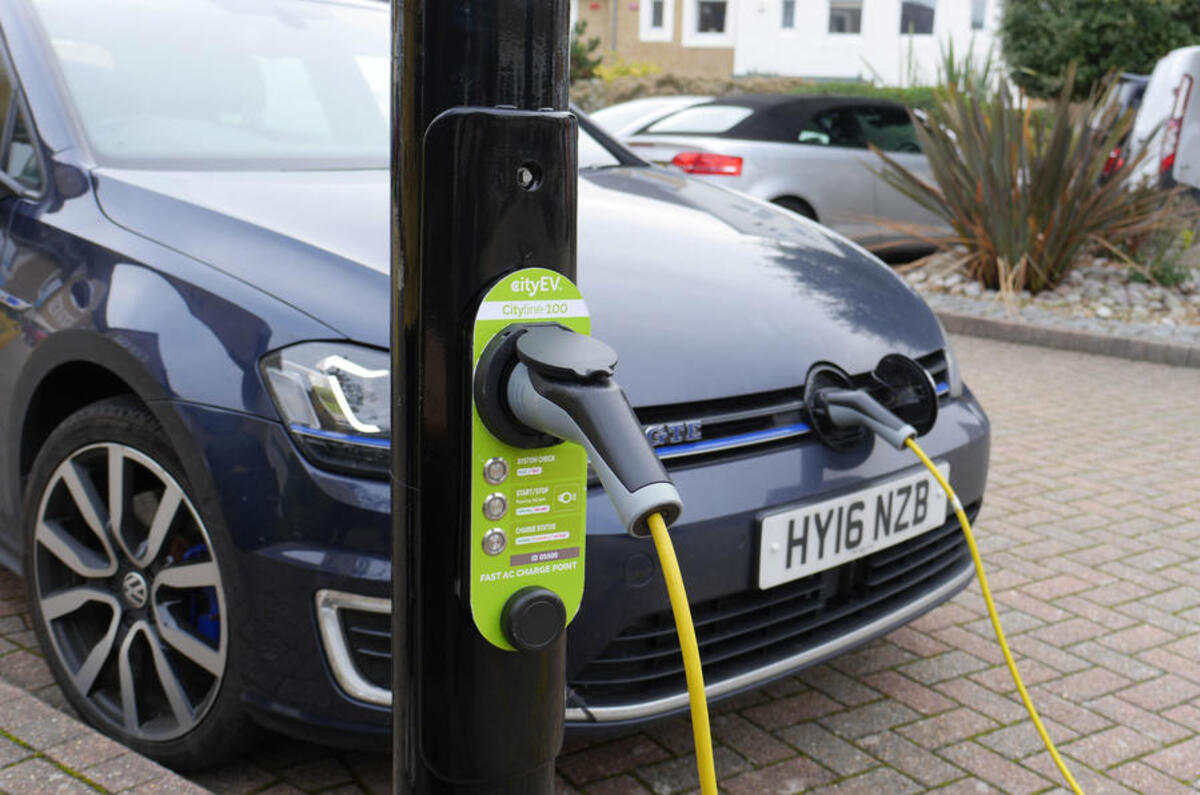Charging an EV at home makes lots of sense, which is why around 90% of owners refill their car batteries this way. Not only is it cheaper thanks to lower domestic electricity, but it’s more convenient as you can charge when the car would otherwise be doing nothing, such as overnight when you’re asleep. Simple, no? Well, not quite.
You see, you really need a garage or off-street parking to make this work, which is fine until you consider that over 40% of households in the UK don’t have this facility. That rules out quite a lot of potential drivers looking to go green. Frustratingly, it also makes it harder to own or drive an EV in urban or built-p areas, which are environment that will benefit the most in the short-term from the improvement of local air quality that comes with zero emissions vehicles. Yet there are solutions. Dig a little deeper and you’ll find that driving an electric car and having to park on the road shouldn’t be mutually exclusive. In fact, read on and you’ll find that it could be easier to do than you think.
Can I run a cable across the pavement?
In theory, the easiest solution is simply to run a cable from your property, across the pavement and then plug into your car at the kerbside. Yet there are some hazards - literal tripping ones as well those of the legal kind - to be aware of if you're considering this option.
On paper there’s nothing wrong with doing this, but there are some guidelines you should follow. First off you should make sure the cable is laid as flat as possible and when charging is complete the cable needs to be removed immediately. You should also only plug into a ground floor or basement power supply - hanging a cable from a first-floor window is very much frowned upon.
If there’s no other choice, then you can consider a raised cable protector like those often used on pavements where roadworks are being undertaken. It’ll need to be made of tough non-slip plastic and be finished in contrasting colours, such as yellow and black, for maximum visibility. Bear in mind, however, that you’ll still need to take the protector and cable up every time you finish charging, which is a bit of a faff.
From the point of view of the charger itself, it’s also worth considering the length of the charging cable, especially if you’re using the three-pin domestic unit. Most won’t have cables that are long enough to stretch from the house to the car, and using an extension cord is forbidden by most EV manufacturers.
In terms of legislation, it’s not illegal to run the cable across the pavement, but you must ensure it doesn’t cause a danger or nuisance to pedestrians. Perhaps most importantly of all, if someone does trip and injures themselves, you will be held legally responsible. As a result, councils will caution against this practice, although only a few ban it outright.










Join the debate
Add your comment
Consider the story of the electrician who was asked to install a charger in a block of units in Port Melbourne Australia. He discovered that the building needed a wiring upgrade and if more chargers were to be installed in the blocks of units surrounding this 60 unit block that the entire suburb needed rewiring!!!
of EV s when charging gets to 80% it slows to a trickle so you are losing 20% before you start .
My friend has a jag I pace the range is 298 it's 200 at best the range drops even stationary in traffic auxiliary electrics shut down when the range is low only keeping essentials on.
I do 6000 mile a year, my bmw mild hybrid diesel comfortably does 500 miles between refills
it takes less than 5 mins so that's 6000 miles in a hour how long with a EV you do the maths.
My neighbour has a EV it only does 110 miles he was ok with that however he tried too charge it away from home several charging points were not compatible when he did find one it took him 40 mins to download the app to pay.
My take on EV s it's a race to the
bottom being pushed by people who haven't got a clue, we will be pushed into it but we're miles away.